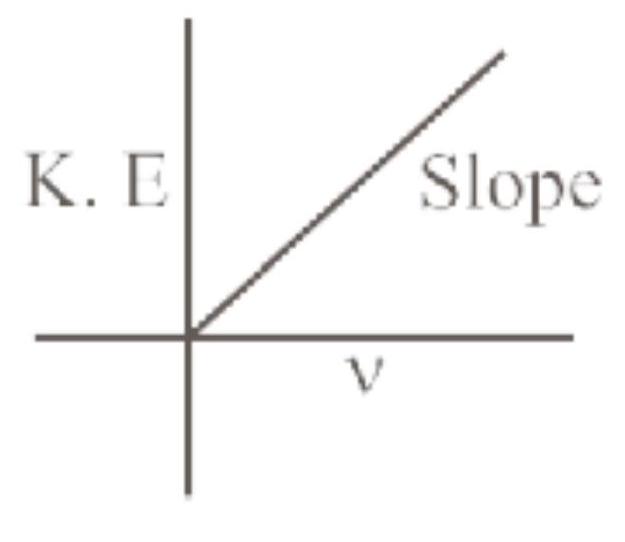142187 A monochromatic light of wavelength $\lambda$ ejects photoelectrons from a metal surface with work function $(\phi) 2.4 \mathrm{eV}$. These photoelectrons are made to collide with hydrogen atoms in ground state. The maximum value of $\lambda$ for which hydrogen atom may be ionised is [take, hc = $1240 \mathrm{eV}-\mathrm{nm}$ ]
142187 A monochromatic light of wavelength $\lambda$ ejects photoelectrons from a metal surface with work function $(\phi) 2.4 \mathrm{eV}$. These photoelectrons are made to collide with hydrogen atoms in ground state. The maximum value of $\lambda$ for which hydrogen atom may be ionised is [take, hc = $1240 \mathrm{eV}-\mathrm{nm}$ ]
142187 A monochromatic light of wavelength $\lambda$ ejects photoelectrons from a metal surface with work function $(\phi) 2.4 \mathrm{eV}$. These photoelectrons are made to collide with hydrogen atoms in ground state. The maximum value of $\lambda$ for which hydrogen atom may be ionised is [take, hc = $1240 \mathrm{eV}-\mathrm{nm}$ ]
142187 A monochromatic light of wavelength $\lambda$ ejects photoelectrons from a metal surface with work function $(\phi) 2.4 \mathrm{eV}$. These photoelectrons are made to collide with hydrogen atoms in ground state. The maximum value of $\lambda$ for which hydrogen atom may be ionised is [take, hc = $1240 \mathrm{eV}-\mathrm{nm}$ ]
